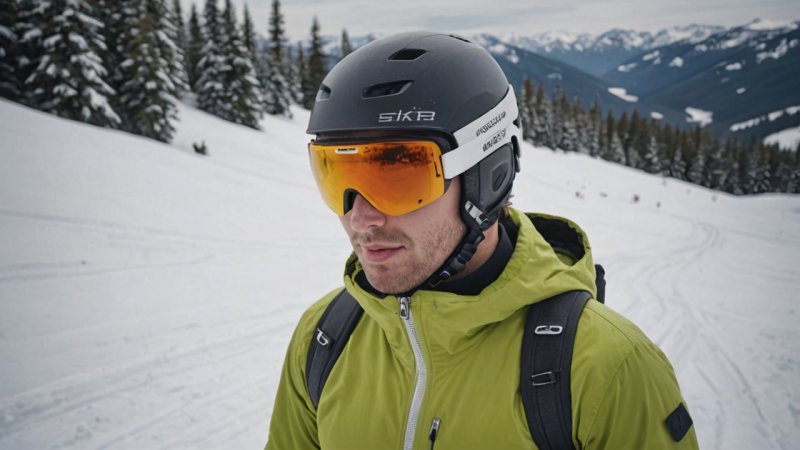Winter sports enthusiasts are always seeking ways to enhance their performance while ensuring their safety on the slopes. With the rapid advancements in technology, smart helmets have emerged as a game-changer for athletes across various winter sports. These innovative pieces of equipment not only protect the head but also offer a range of features designed to improve performance, monitor health, and enhance the overall experience. In this article, we explore the numerous benefits of using smart helmets for winter sports, shedding light on how they contribute to a safer and more enjoyable experience.
Enhanced Safety Features
Smart helmets come equipped with advanced safety features that significantly reduce the risk of injury. Many models include built-in sensors that can detect impacts, alerting the wearer to potential concussions. This immediate feedback allows athletes to make informed decisions about their safety, potentially preventing further injury. Additionally, some smart helmets feature emergency beacon systems that can signal for help in case of an accident, ensuring that assistance is quickly dispatched.
Real-Time Performance Tracking
One of the standout features of smart helmets is their ability to track performance metrics in real-time. Many helmets integrate with mobile apps to provide data such as speed, altitude, and distance traveled. This information can be invaluable for athletes looking to improve their skills and push their limits. By analyzing their performance data, athletes can identify areas for improvement, set goals, and monitor their progress over time.
Communication Capabilities
For those who enjoy skiing or snowboarding with friends or family, smart helmets often include communication systems. These allow users to stay connected with their companions via Bluetooth technology, making it easy to share experiences, provide encouragement, or coordinate plans without the need for hand signals or yelling over the wind. This added dimension of communication enhances the social aspect of winter sports, making outings more enjoyable.
Health Monitoring
Smart helmets can also serve as health monitors, tracking vital signs like heart rate and body temperature. This feature is particularly beneficial during high-intensity activities, as it can alert athletes to potential dangers such as overheating or exhaustion. By keeping an eye on their health metrics, athletes can take proactive measures to ensure they do not overexert themselves, significantly enhancing their safety while participating in winter sports.
Weather Adaptability
Modern smart helmets are designed to withstand the harsh conditions of winter sports, with many models featuring temperature control systems. These systems help regulate the internal temperature of the helmet, ensuring that athletes remain comfortable, regardless of external conditions. Additionally, some helmets come with built-in visors that can be adjusted based on the weather, providing optimal visibility and protection from the elements.
In conclusion, smart helmets represent a significant advancement in the realm of winter sports safety and performance. With their enhanced safety features, real-time performance tracking, communication capabilities, health monitoring, and adaptability to weather conditions, these helmets provide athletes with a comprehensive solution to improve their experience on the slopes. Embracing this technology not only promotes a safer environment for athletes but also encourages them to push their limits, ultimately enhancing their overall enjoyment of winter sports.






